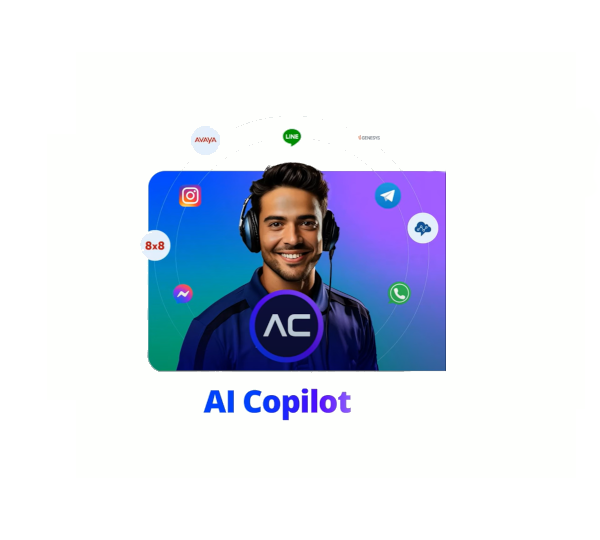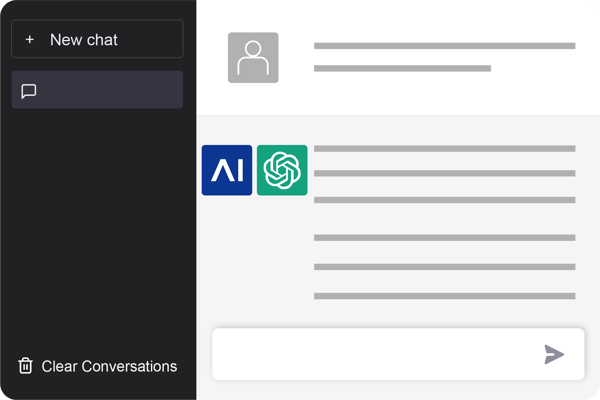Search tools have matured rapidly over the past few years. Enterprise search providers, like Coveo, are using artificial intelligence and machine learning to study behavior patterns to determine what content will provide the best outcome for a user. Search is also a key part of the backbone trifecta for chatbots and digital assistants (Trifecta = Search, Content, and Reasoning).

However, we are still scratching the surface of bringing true, bi-directional conversation to search. Letting users search through conversation allows them to find what they want more efficiently. They are less likely get frustrated and either give up or call your support line.
Back in 2013, both Wolfram|Alpha and Google were claiming to have Conversational Search services, which would take a sentence query, either in text or voice, and serve back the answer to the query, rather than just links to external resources.
This was, and continues to be impressive technology, but coining this “conversational search” may have been premature. While conversational in nature, it was still a unidirectional interaction of:
Question : Response
I have yet to have a search box ask me a question in return!
In our article on “conversational micro-moments,” we encourage brands to find opportunities to weave bi-directional dialogue into routine interactions. These are inflection points where having additional explicit context on user intent can help us serve content and results in a better way. Search is a terrific opportunity for this.
Imagine typing in the word “claim” into an onsite search engine for an insurance company. Platforms like Coveo do an excellent job of predicting intent. They may apply machine learning, leverage contextual browsing data, or even tie into existing systems to know if the consumer has an existing claim. However, AI still may not be enough or a brand wants to directly control the interaction. In this case, they may elect to respond with “Do you want to file a new claim, check on an existing one, or do something else?”
This may be the only instance and keyword with which you perform this action, but, by golly, you have made that search conversational:
Question : Question : Answer : Response
Wait a second, “that’s what chatbots are for.” That’s right, but typical chatbots are not conversational at all. Take a support bot, for example. These are often nothing more than a glorified FAQ. They point to a table, do some simple keyphrase or intent mapping, and serve a result. Similar to what Google and Wolfram|Alpha are providing, this is a still a unidirectional interaction.
The take away here, is to think beyond the query. How can you leverage a conversational micro-moment, where a bi-directional dialogue can help serve the visitor better, and the power of conversational AI (to configure the reasoning) and search AI (to power the results) can enhance the visitor experience.
Search is one opportunity for a conversational micro-moment. Others include navigation, forms, or other web and voice touchpoints. Micro-Moments give brands an opportunity to dip their toe in the conversational water, test, refine, and ultimately expand functionality as you develop your own conversational practice.


.png?width=60&height=60&name=AI%20Copilot%20logo%20(mega%20menu).png)




.png?width=600&height=600&name=Knowledge%20AI%20Feature%20image%20(2).png)












